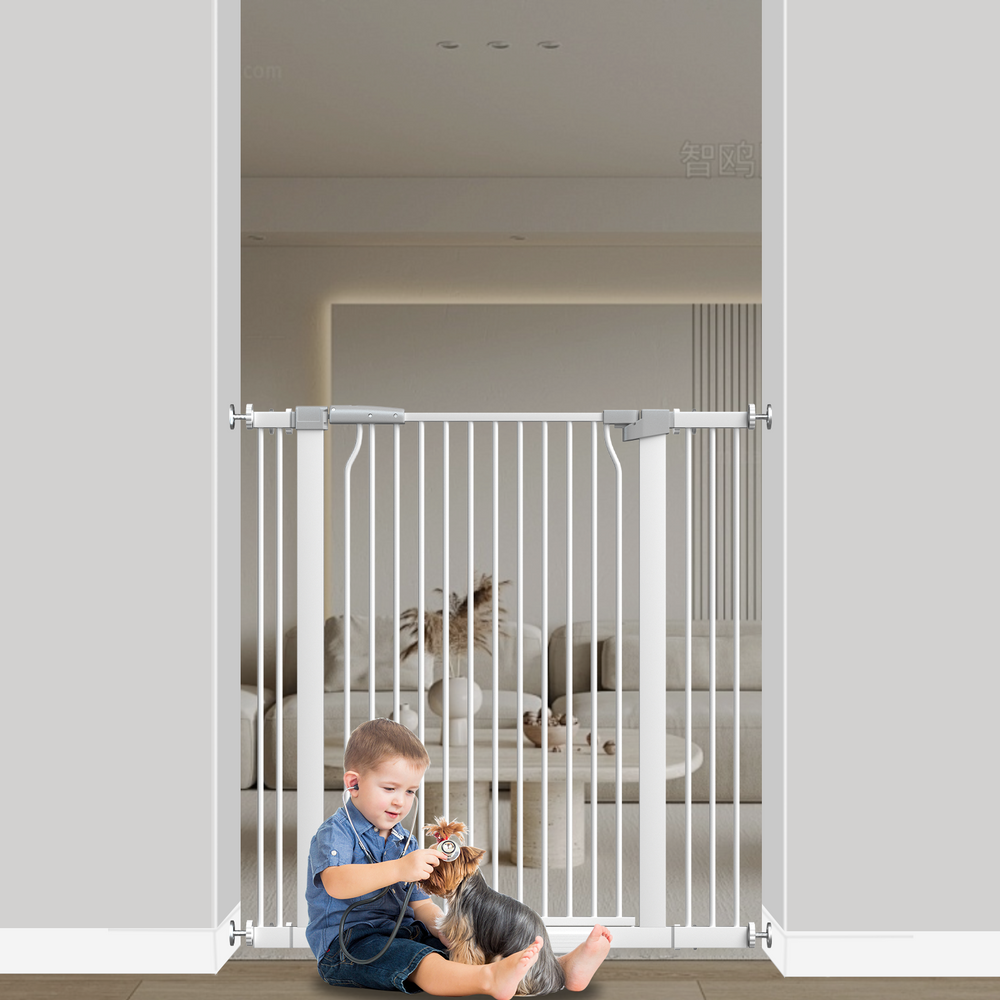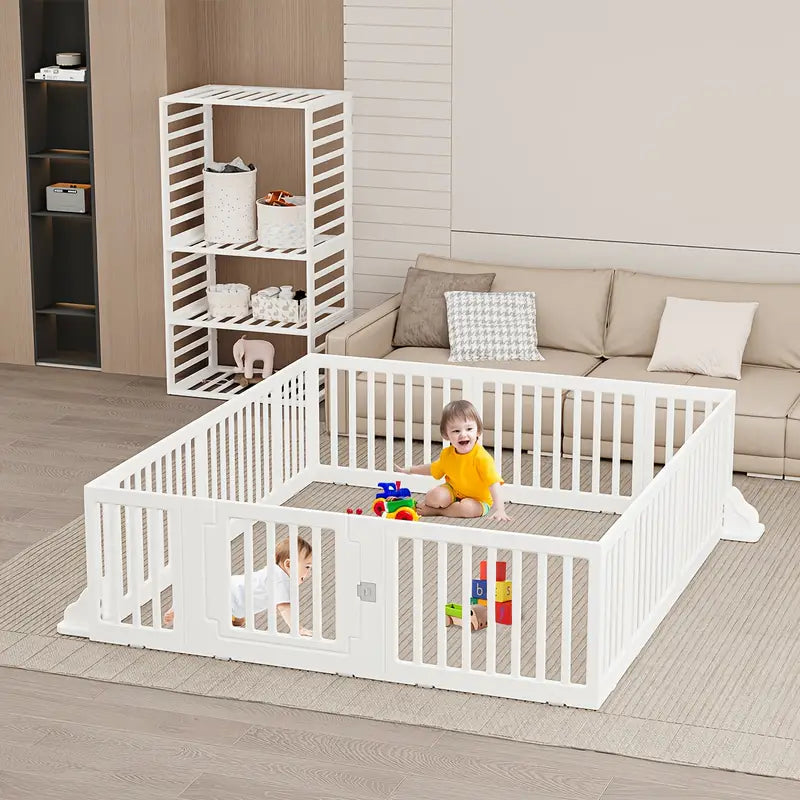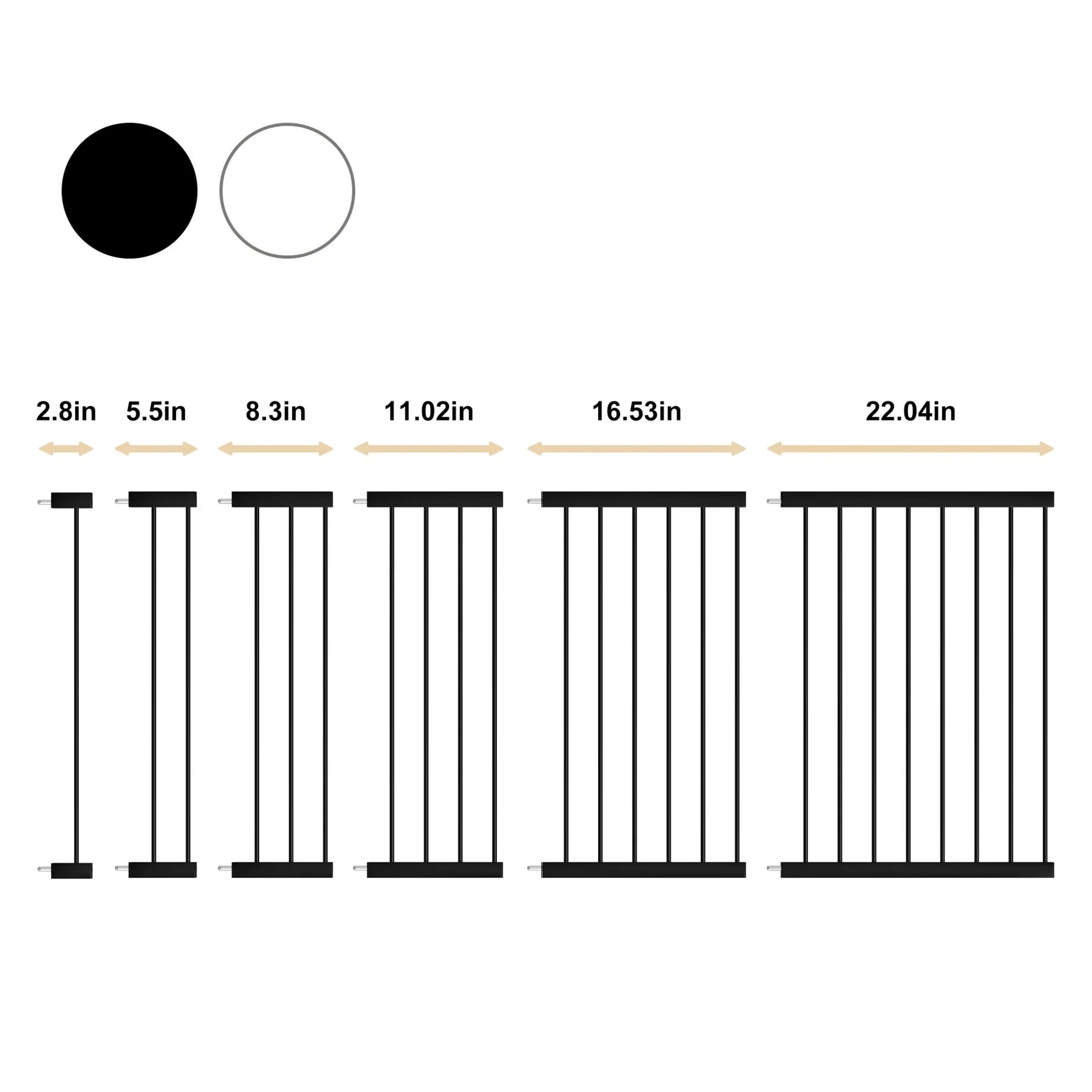The Essential Car Seat Installation Safety Guide for Parents: What You Need to Know
Understanding The Importance Of Car Seat Safety
Statistics On Car Seat Effectiveness
Car seats are a big deal when it comes to keeping kids safe in cars. They can seriously cut down the risk of injury or even death in a crash. I was reading some stats the other day, and it's pretty eye-opening. For infants under a year old, a car seat can reduce the risk of death by a whopping 71%. For toddlers between one and four years old, it's still a significant 54%. That's why it's so important to get it right. It's not just a suggestion; it's a matter of life and death. You can find a safe car seat that fits your needs.
Common Misuse Of Car Seats
Okay, so car seats are great, but here's the catch: they only work if you use them correctly. And that's where a lot of people mess up. I saw a study that said something like 79% of infant car seats are misused in some way. That's a huge number! It could be anything from not installing it right to not strapping the kid in properly. It's easy to think you've got it all figured out, but there are so many little things that can go wrong. It's worth taking the time to double-check everything and maybe even get it inspected by a pro. Here are some common mistakes:
- Loose installation
- Incorrect harness placement
- Using the wrong car seat type for the child's age/weight
It's easy to become complacent, but car seat safety is not something to take lightly. Small errors can have big consequences. Always refer to the car seat manual and your vehicle's manual for proper installation and usage instructions.
Choosing The Right Car Seat
Choosing the right car seat can feel overwhelming, but it's super important. There are so many different types and sizes, and it can be hard to know where to start. The key is to match the seat to your child's age, weight, and height. A newborn needs a different seat than a toddler, and an older child might be ready for a booster seat. Do your research, read reviews, and don't be afraid to ask for help. Getting the right car seat safety guidelines is the first step in keeping your child safe on the road.
Key Features To Look For In Car Seats
Choosing a car seat can feel overwhelming, but focusing on key features makes the process easier. Prioritize safety, fit, and ease of use to ensure your child's well-being. Let's break down what to look for.
Safety Ratings And Standards
When it comes to car seats, safety ratings are super important. Look for seats that meet or exceed federal safety standards. The National Highway Traffic Safety Administration (NHTSA) tests and rates car seats, so check their website for safety ratings. Also, consider seats with additional safety features like side-impact protection. It's worth the extra investment for peace of mind.
Adjustability And Comfort
Kids grow fast, so adjustability is key. A car seat with adjustable headrests and harness straps will last longer and provide a better fit as your child grows. Make sure the seat is comfortable too! A happy kid is less likely to fuss during car rides. Look for features like padded seats and breathable fabrics. Convertible car seats are great because they have higher height and weight limits. This allows children to stay in the rear-facing position longer, which is crucial for safety.
Ease Of Installation
Installing a car seat correctly can be tricky, but it's essential for safety. Look for seats that are easy to install and have clear instructions. Features like LATCH (Lower Anchors and Tethers for Children) connectors can make installation easier. Some stores will let you try installing the car seat in your vehicle before purchasing to make sure it fits. If you have more than one car or a different caregiver will be transporting your child, a second car seat base can make those transitions smoother.
It's always a good idea to get your car seat installation checked by a certified Child Passenger Safety Technician (CPST). They can make sure you've installed it correctly and answer any questions you have.
Here are some things to consider:
- Can you easily tighten the harness?
- Is the seat easy to clean?
- Does the seat fit well in your vehicle?
How To Install A Car Seat Correctly

Okay, so you've got the right car seat, now comes the slightly stressful part: actually installing it. Don't worry, it's doable! Just take your time and follow the instructions carefully. It's way better to spend a little extra time now than to risk anything later.
Step-By-Step Installation Guide
Alright, let's get down to it. Every car seat is a little different, so the first rule is ALWAYS read the manual. Seriously, don't skip this step. It'll save you a headache later. But here's a general idea of what you'll be doing:
- Choose your installation method: You've usually got two options: LATCH (Lower Anchors and Tethers for Children) or using the seat belt. Most newer cars have the LATCH system, which can be easier. But if you're not sure, check your car's manual.
- Install the base (if applicable): Some car seats have a separate base that stays in the car. Make sure it's level! Some bases have built-in level indicators.
- Secure the car seat: If you're using LATCH, click the connectors into the anchors in your car. If you're using the seat belt, thread it through the correct path on the car seat and buckle it in. Really pull on the straps to get it tight.
- Tighten everything up: This is super important. The car seat shouldn't move more than an inch in any direction. Use your body weight if you need to! Some seats have built-in tensioning systems to help with this.
- Attach the tether strap: If you're using a forward-facing seat, there's usually a tether strap that goes over the back of the seat and attaches to an anchor point in your car. This adds extra stability.
Common Installation Mistakes
People mess this up all the time, so don't feel bad if you're struggling. Here are some common mistakes to watch out for:
- Not reading the manual: Seriously, read it. Car seat manual are your friend.
- Using both LATCH and the seat belt: Pick one, not both. It can actually make the seat less safe.
- Not tightening enough: The seat needs to be rock solid. Wiggle it – if it moves too much, tighten it more.
- Incorrect recline angle: Especially for infants, the recline angle is important for their breathing. Check the indicator on the seat.
- Twisted straps: Make sure the harness straps aren't twisted. They need to lie flat against your child's body.
It's easy to get overwhelmed, but remember, you're doing this to keep your child safe. If you're not sure about something, it's always better to ask for help. There are certified Child Passenger Safety Technicians who can check your installation for free.
Using The Inch Test
Okay, so you think you've got it installed correctly? Time for the inch test. This is a simple way to double-check that the seat is secure. Here's how it works:
- Grasp the car seat near the belt path (where the seat belt or LATCH strap goes through).
- Give it a firm tug from side to side and front to back.
- The car seat shouldn't move more than 1 inch in any direction. If it does, tighten it up and try again. Car seat safety is paramount.
If you're still not sure, get it checked by a professional. Peace of mind is worth it!
Transitioning Between Car Seat Types
It's a big moment when your kiddo moves to a new car seat! It means they're growing, but it also means making sure they're still safe and secure in the car. It can feel like there are a million things to think about, but don't worry, we'll break it down.
When To Switch To A Forward-Facing Seat
Okay, so when's the right time to turn that car seat around? The general rule is to keep your child rear-facing for as long as possible. This is because rear-facing is the safest position in a crash. Most experts recommend waiting until your child reaches the maximum height or weight limit specified by the car seat manufacturer. Don't rush it! It's better to be safe than sorry. Once they outgrow the rear-facing limits, then it's time to think about forward-facing. Make sure you check the car seat label for specific guidelines.
Using Booster Seats Safely
Booster seats are for older kids who have outgrown their forward-facing car seats but aren't quite big enough to use a regular seat belt. The purpose of a booster is to lift the child up so that the seat belt fits properly across their chest and hips, not their neck or stomach. There are two main types of boosters: high-back boosters and backless boosters. High-back boosters offer more support and are generally recommended for younger children or those who still need head support. Backless boosters are more compact and can be a good option for travel or carpooling. Always make sure the shoulder and lap belts are fitted correctly.
Signs Your Child Is Ready For A Seat Belt
Knowing when your child is ready to ditch the booster seat altogether can be tricky. Here are a few signs to look for:
- Can they sit all the way back against the car seat with their knees bent comfortably over the edge of the seat?
- Does the lap belt lie low and snug across their upper thighs, not their stomach?
- Does the shoulder belt cross their chest and collarbone, not their neck or face?
- Can they stay seated properly for the entire ride? (This is a big one!)
If you answered "yes" to all of these questions, then your child might be ready for a seat belt. However, it's always a good idea to do a test run and see how they do. And remember, it's always better to err on the side of caution. If you're not sure, keep them in the booster seat a little longer.
It's important to remember that every child is different and will develop at their own pace. Don't feel pressured to rush the transition process. The most important thing is to make sure your child is safe and secure in the car, no matter what type of seat they're using.
Addressing Common Parental Questions
What To Do After A Car Accident
Okay, so you've been in a car accident. It's stressful, I know. First, make sure everyone is safe and get medical attention if needed. After that, it's car seat time. Even if the car seat looks fine, you absolutely need to replace it. Insurance usually covers this, so don't skip it. Car seats are designed to protect during one crash only. It's just not worth the risk to keep using a seat that's been through an accident. Check your insurance coverage to see what steps you need to take.
How To Check If A Car Seat Is Safe
Is your car seat safe? Here's a quick checklist:
- Check the expiration date: Yes, car seats expire! Usually, it's about 6 years from the manufacture date, but check the label. Plastic degrades over time, and safety standards change.
- Look for recalls: You can check the manufacturer's website or the NHTSA (National Highway Traffic Safety Administration) site for any recalls on your seat model. It's super easy to do.
- Inspect for damage: Look for cracks, tears, or any signs of wear and tear. If anything looks off, it's time for a new seat.
- Ensure proper fit: Make sure the harness straps fit snugly and are at the correct height for your child. The chest clip should be at armpit level.
It's better to be overly cautious when it comes to car seat safety. If you have any doubts, it's always best to err on the side of caution and replace the seat. Your child's safety is worth it.
Resources For Car Seat Inspections
Alright, so you want a professional to take a look? Smart move. Here's how to find resources for car seat inspections:
- Local Fire Departments: Many fire departments have certified car seat technicians who can inspect your installation for free. Call your local department to see if they offer this service.
- Hospitals: Some hospitals, especially those with pediatric departments, offer car seat inspection services. Check with your local hospital.
- AAA: AAA often has car seat safety programs and inspection events. Check their website or call your local AAA office.
- NHTSA: The National Highway Traffic Safety Administration (NHTSA) has a website with a directory of certified car seat inspection stations. It's a great resource to find locations near you.
Car Seat Safety Hacks For Parents
Making The Seat Snug
One of the most frequent mistakes I see is parents not getting the car seat tight enough. You should not be able to move the car seat more than an inch in any direction at the belt path. I usually put my weight into it while tightening the LATCH straps or seatbelt. Seriously, get in there and give it a good shove while you tighten! It makes a huge difference. Think of it like really securing car seat effectiveness.
Checking The Recline Angle
Newborns need to be reclined more than older babies and toddlers to keep their airways open. Most infant car seats have a built-in level indicator, but if yours doesn't, you can download an app or just use a regular level. Make sure the bubble is in the correct zone for your child's age. It's a simple thing that can make a big difference. Here are some things to keep in mind:
- Check the car seat's manual for the specific recline angle recommendations.
- Use rolled towels or pool noodles if needed to achieve the correct angle (check your car seat manual first!).
- Re-check the angle every few weeks, especially as your baby grows.
Proper Harness Placement
Okay, this one seems obvious, but you'd be surprised how many people mess it up. For rear-facing seats, the harness straps should be at or below your child's shoulders. For forward-facing, they should be at or above. And make sure they're snug! You should be able to pinch the strap at the collarbone. If you can pinch more than that, tighten it up. It's all about adjustability and comfort for your little one.
I always tell new parents to practice with the harness straps a few times before their baby even gets in the seat. It helps you get a feel for how they work and how to adjust them quickly and easily. Plus, it's one less thing to stress about when you're already dealing with a crying baby!
Maintaining Car Seat Safety Over Time

Car seat safety isn't a one-time thing; it's an ongoing commitment. Kids grow fast, and car seat technology evolves. Staying on top of both is key to keeping your child safe on the road. It's easy to get complacent, but a few simple checks and updates can make a huge difference.
Regular Safety Checks
Think of your car seat like your car itself – it needs regular check-ups! Make it a habit to inspect the car seat at least every few months. Look for signs of wear and tear, like frayed straps or cracked plastic. Check that all the buckles and adjusters are working smoothly. A quick visual inspection can catch potential problems before they become serious. Also, make sure the seat is still installed correctly. Kids are notorious for kicking things and messing with stuff, so the installation might shift over time.
Here's a quick checklist:
- Inspect straps for fraying or damage.
- Check buckles for proper function.
- Ensure the seat is still tightly installed.
- Look for any cracks or damage to the plastic shell.
Updating Car Seats As Your Child Grows
Kids grow like weeds, and their car seat needs change as they do. What worked for a baby won't work for a toddler, and what worked for a toddler won't work for a school-aged child. Knowing when to transition between car seat types is super important. This usually means moving from rear-facing to forward-facing, and then to a booster seat. Pay attention to the height and weight limits of each seat, and don't rush the process. It's always better to keep your child in a safer stage for longer. For example, a forward-facing seat is suitable for toddlers.
It's easy to think your child is ready to move to the next stage, but always double-check the car seat's guidelines. A few extra months in the current seat can provide a lot more protection.
Here's a general guideline, but always refer to your specific car seat's manual:
- Rear-Facing: Until they reach the height or weight limit (usually around 2-4 years old).
- Forward-Facing: Until they outgrow the harness (usually around 4-7 years old).
- Booster Seat: Until they are big enough to fit properly in a regular seat belt (usually around 8-12 years old).
Storing Car Seats Properly
What happens when your child outgrows a car seat, or you need to store an extra one? Proper storage is key to keeping it safe for future use. Avoid storing car seats in places where they'll be exposed to extreme temperatures or moisture, like attics or garages. These conditions can damage the plastic and other materials, making the seat unsafe. Instead, store it in a cool, dry place, like a closet or spare room. Before storing, clean the car seat thoroughly and make sure all the parts are intact. It's also a good idea to wrap it in a plastic bag to protect it from dust and pests. Don't forget to store the manual with the seat, so you have it when you need it. You can also find car seat safety information online.
Here are some tips for proper storage:
- Clean the car seat thoroughly before storing.
- Store in a cool, dry place away from extreme temperatures.
- Wrap in a plastic bag to protect from dust and pests.
- Keep the manual with the seat.
Wrapping It Up: Keeping Your Child Safe
So, there you have it. Car seat safety isn’t just a one-time thing; it’s something you need to keep an eye on as your child grows. Make sure you pick the right seat, install it properly, and check it regularly. It’s easy to overlook the details, but those little things can make a big difference in keeping your kid safe on the road. If you ever feel unsure, don’t hesitate to ask for help or get your seat checked by a pro. Remember, every trip counts, and being prepared can help you feel more at ease while driving with your little one.






Leave a comment